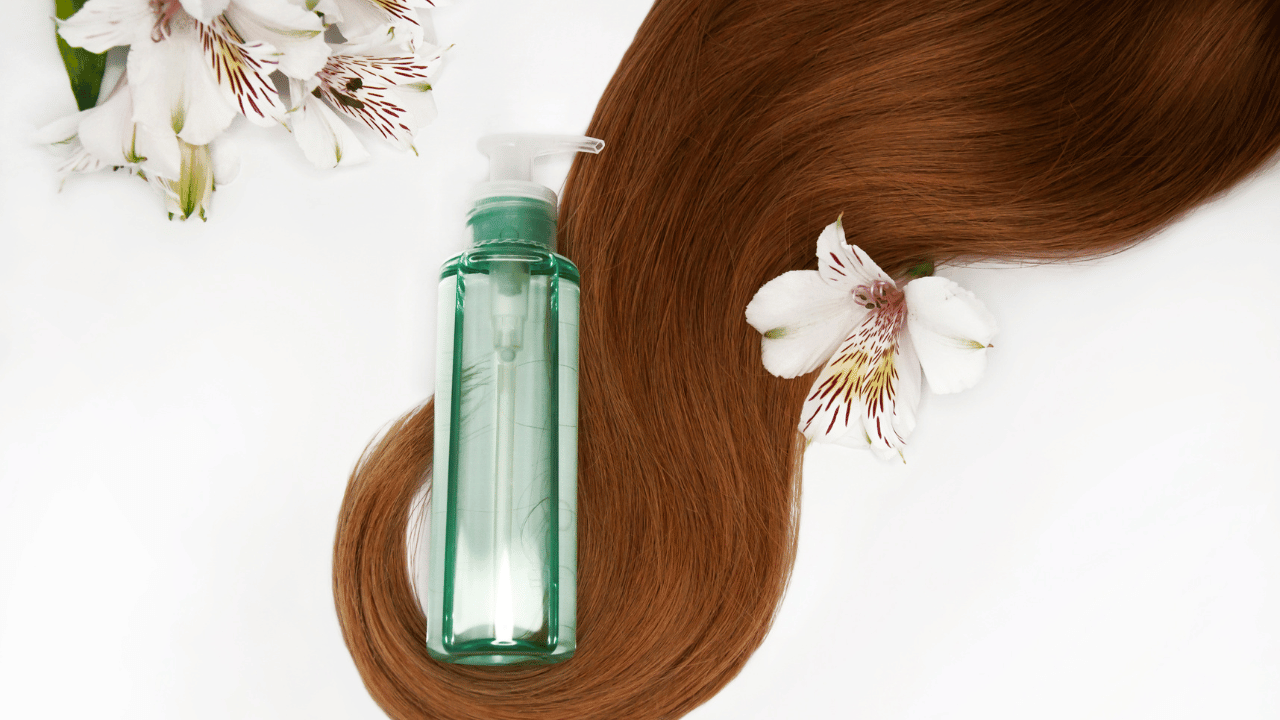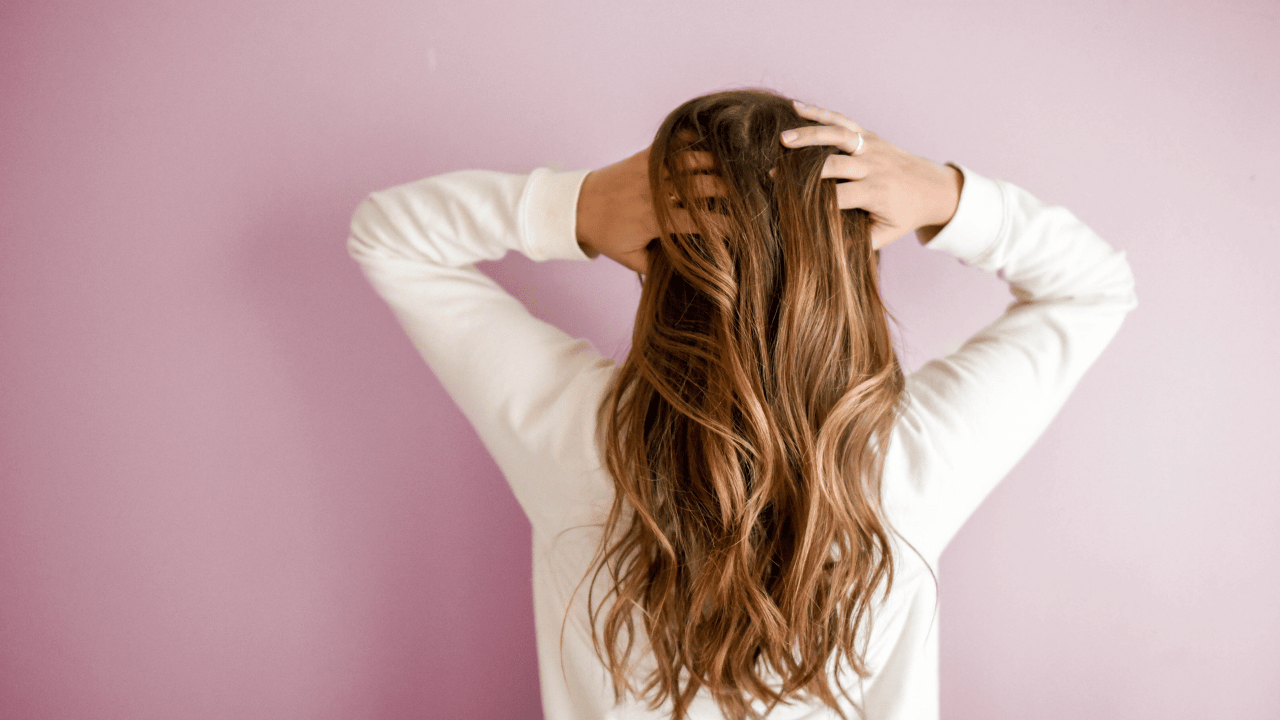Introduction
Hair loss is a common concern that affects people of all ages and backgrounds. With so much information circulating about hair loss, it can be challenging to discern fact from fiction. In this blog post, we’ll explore some common hair loss myths and provide evidence-based facts to help you better understand this complex issue.
Myth 1: Wearing Hats Causes Hair Loss
Fact: Wearing hats, even regularly, does not lead to hair loss. Hair follicles are not easily affected by external pressure or friction caused by hats. However, excessively tight hats could potentially cause some hair breakage, but this is different from true hair loss.
Myth 2: Frequent Shampooing Leads to Hair Loss
Fact: Shampooing your hair regularly is essential for maintaining scalp health and cleanliness. There is no evidence to suggest that frequent shampooing causes hair loss. In fact, a clean scalp can contribute to healthier hair.
Myth 3: Hair Loss Is Only Genetic
Fact: While genetics play a significant role in hair loss, it is not the sole factor. Other factors, including hormonal changes, medical conditions, medications, and lifestyle choices, can contribute to hair loss. Identifying the underlying cause is crucial for effective treatment.
Myth 4: Cutting Your Hair Makes It Grow Faster
Fact: Hair grows from the roots, not the tips. Cutting the ends of your hair does not affect the rate of hair growth. Trimming hair can, however, help prevent split ends and make your hair appear healthier.
Myth 5: Hair Loss Is Irreversible
Fact: Hair loss is not always irreversible. The outcome depends on the cause. For example, some forms of hair loss, such as those related to stress or nutritional deficiencies, can be reversed with proper treatment and lifestyle changes. However, certain genetic hair loss conditions may be more challenging to treat.
Myth 6: Wearing a Wig Causes Further Hair Loss
Fact: Wearing a wig, when fitted and cared for properly, should not cause additional hair loss. In fact, wigs can provide a protective barrier for existing hair, allowing it to grow without further damage.
Myth 7: Massaging Your Scalp Can Cure Hair Loss
Fact: Scalp massage can improve blood circulation to the hair follicles, potentially promoting hair health. However, it is not a standalone cure for hair loss. Effective treatment should address the underlying cause of hair loss.
Myth 8: Only Men Experience Hair Loss
Fact: Hair loss is not exclusive to men. Women can also experience hair loss, although the patterns and causes may differ. Female pattern hair loss, hormonal changes, and post-pregnancy shedding are examples of hair loss issues that affect women.
Myth 9: Hair Loss Products Work for Everyone
Fact: Not all hair loss products are equally effective, and their results can vary from person to person. It’s essential to consult with a healthcare professional or dermatologist before using any hair loss treatment to determine the most appropriate approach for your specific condition.
Myth 10: Stress Is the Sole Cause of Hair Loss
Fact: While stress can contribute to hair loss, it is usually not the sole cause. Chronic stress can trigger or exacerbate hair loss in individuals who are genetically predisposed to it. Identifying and addressing the underlying cause of stress is essential for effective treatment.
Conclusion
Understanding the facts about hair loss can help dispel common myths and misconceptions. If you are experiencing hair loss, it’s essential to consult with a healthcare professional or dermatologist to determine the cause and explore appropriate treatment options. Hair loss is a complex issue, and effective management often involves a tailored approach based on your unique circumstances.


